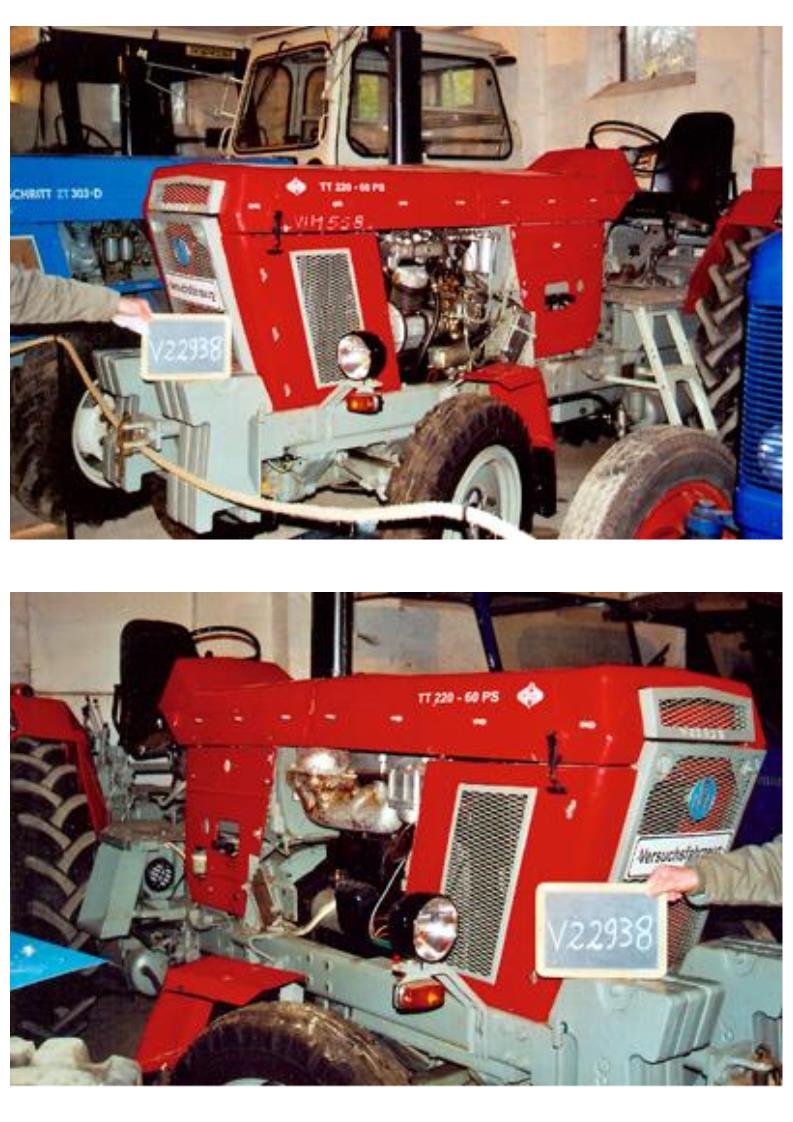Motor: Wasserkühlung Typ 3TD 12/11 FUM Nr.4 des
Dieselmotorenwerks Schönebeck. Leistung: 60 PS/45 kW Zylinder: 3
Drehzahl: 2200 U/min Hubraum: 3420 ccm Gewicht: 3800 kg
Getriebe/Gänge: 9 vorwärts, 6 rückwärts
Prototyp, ab 1964 entworfen als 60PS Schlepper auf Basis des ZT300
mit technischen Verbesserungen und Verfeinerungen. Der Motor des
vorhandenen Exemplars galt als nicht Praxistauglich und sollte in
Folgeprototypen Probeweise durch Vierzylinder Perkinsmotoren ersetzt
werden
de

